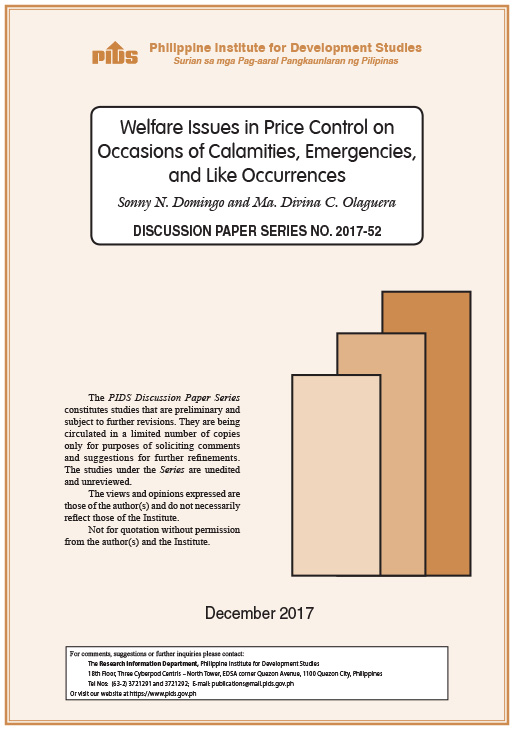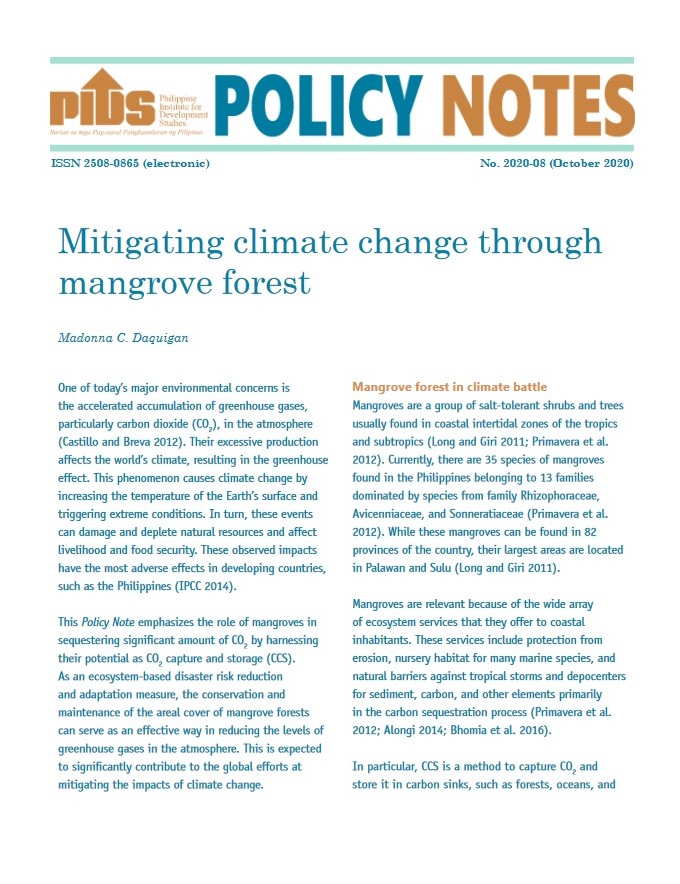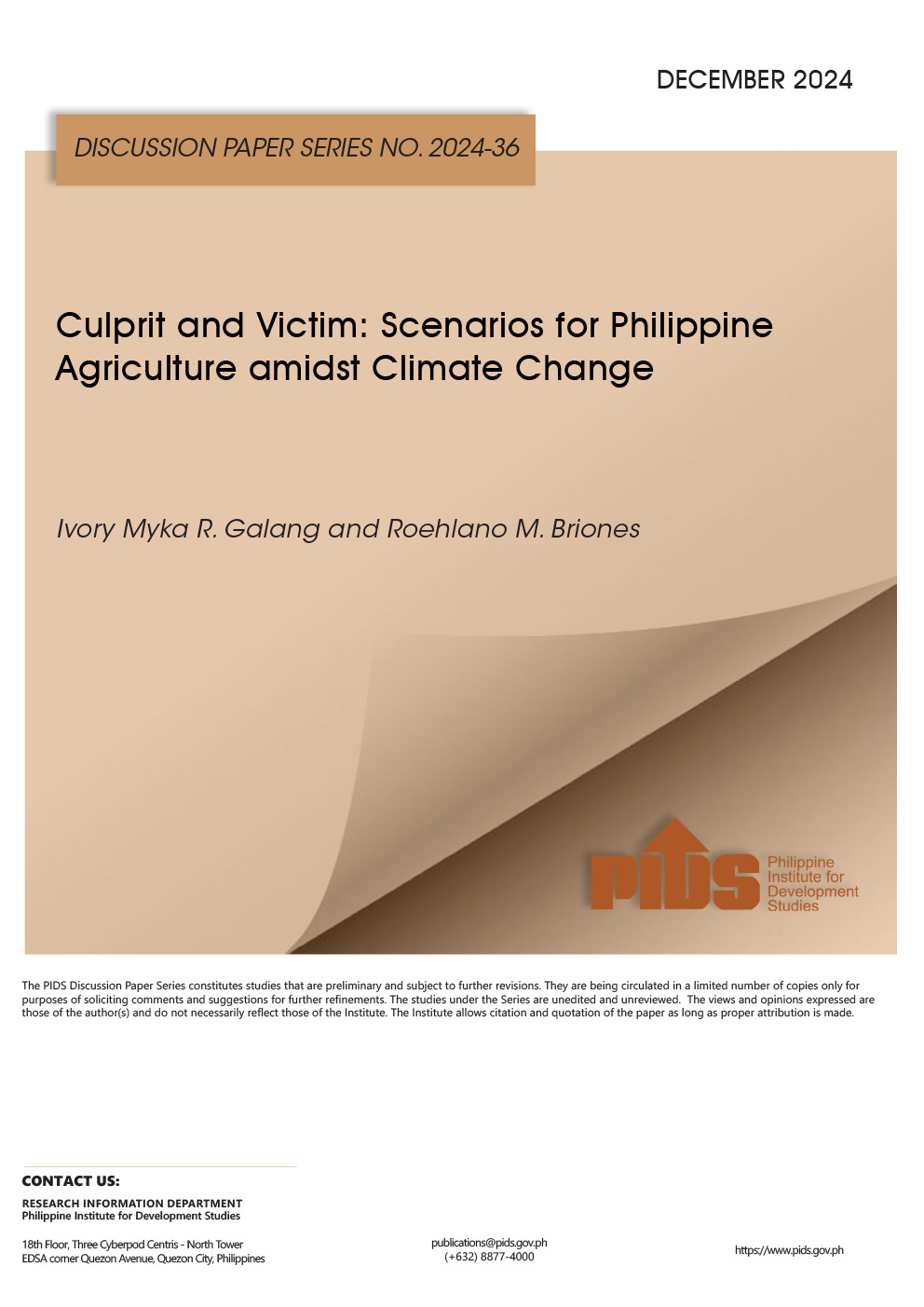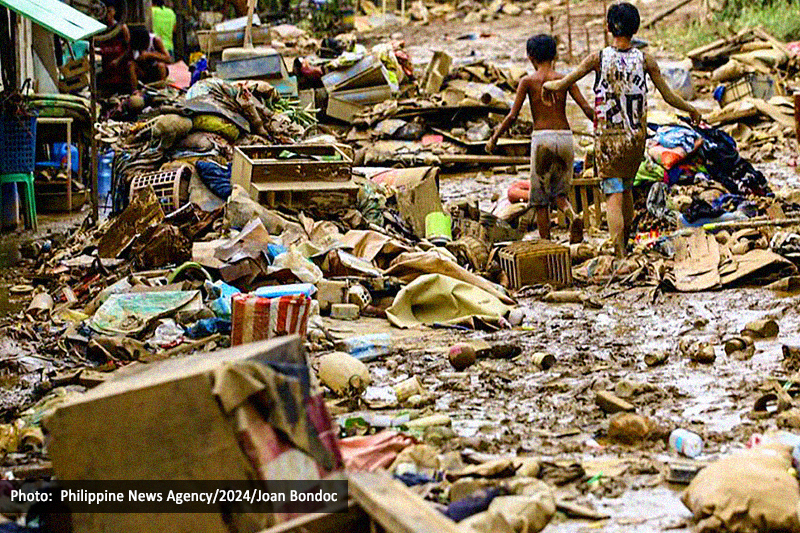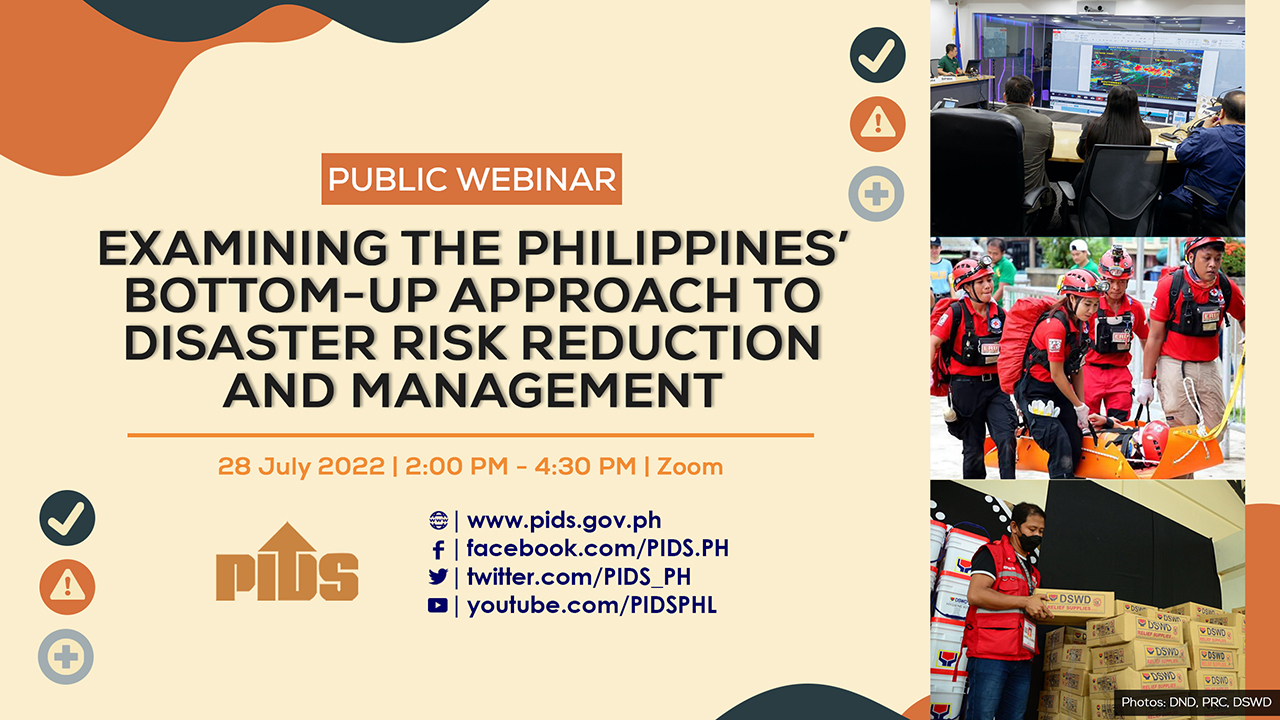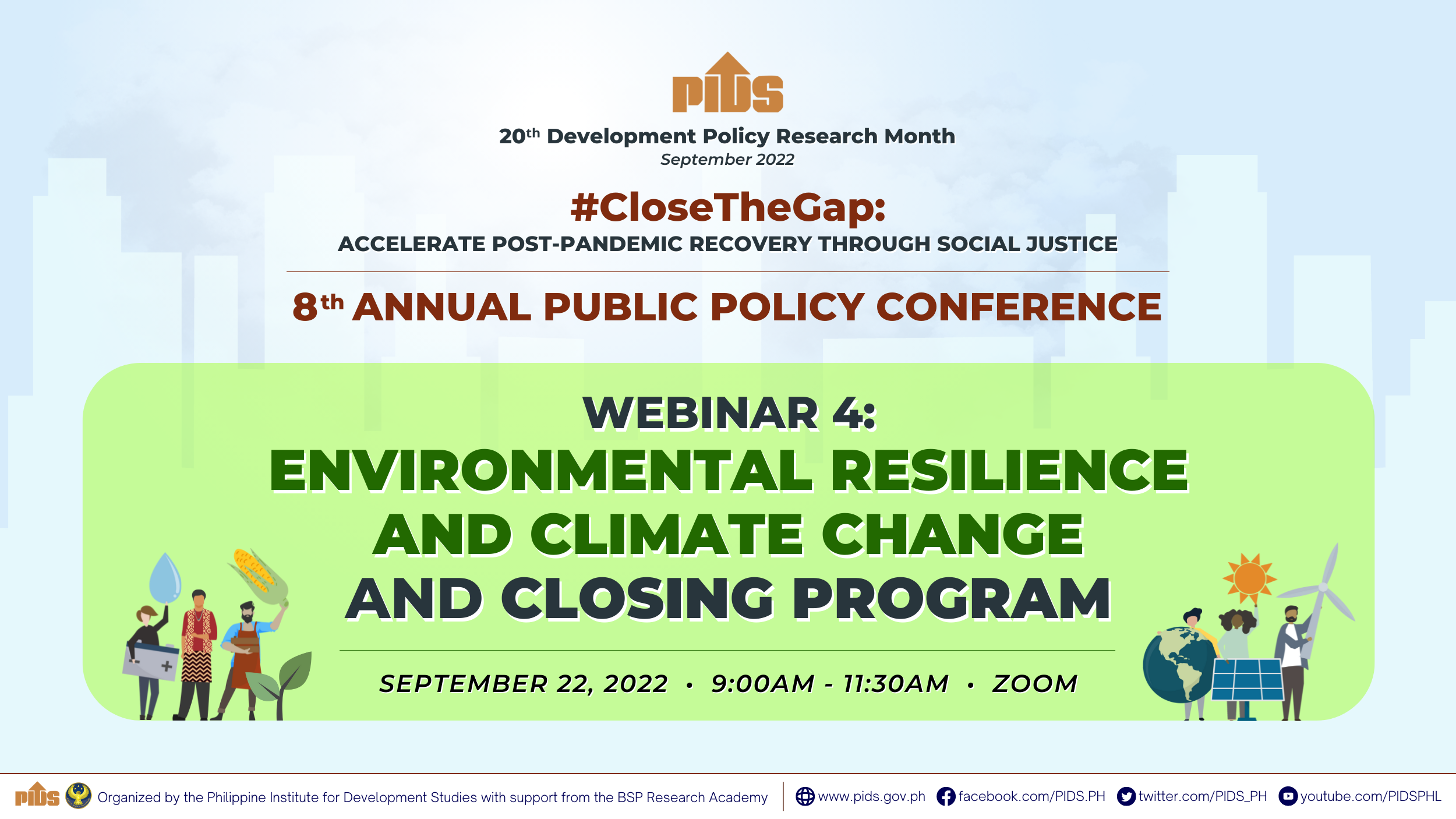Monday`s 6.9 magnitude earthquake in Negros Island as well as the recent floods in Mindanao and Central Luzon showed the importance of preparedness in dealing with both natural and man-made disasters. These recent events have also increased public discourse on disaster risk reduction and management (DRRM).
According to economist and local governance expert Gilberto Llanto, it is imperative that local communities and their governments are prepared and capable of addressing and managing the risks and ruinous effects wrought by these disasters. He said that doing this entails building local government`s DRRM capacities.
Llanto, a Senior Research Fellow at the state think tank Philippine Institute for Development Studies (PIDS), noted that the country is inherently disaster prone owing to its geographical location. It lies on the western rim of the Pacific and along the circum-Pacific seismic belt, subjecting it to typhoons, earthquakes, floods, volcanic eruptions, droughts, and other natural hazards. In fact, the country is ranked 8th by the World Banks Natural Disaster Hotspot list of countries most exposed to multiple hazards, with 268 recorded disasters over the last three decades. In addition, Llanto said that 60 percent of the total land area of the country is exposed to multiple hazards and as a result, 74 percent of its population is at risk.
Meanwhile, DRRM has recently begun to occupy center stage in the policy space. On May 27, 2010, President Benigno S. Aquino signed into law the Philippine Disaster Risk Reduction and Management Act, a legislation that calls for the development of policies and plans in dealing with the climate change phenomenon and natural disasters.
Llanto said that it is fortunate that local officials are becoming aware of the problem and have shown enthusiasm in improving their local DRRM. He particularly commended Albay`s DRRM strategy for its efficiency and effectiveness.
According to economist and local governance expert Gilberto Llanto, it is imperative that local communities and their governments are prepared and capable of addressing and managing the risks and ruinous effects wrought by these disasters. He said that doing this entails building local government`s DRRM capacities.
Llanto, a Senior Research Fellow at the state think tank Philippine Institute for Development Studies (PIDS), noted that the country is inherently disaster prone owing to its geographical location. It lies on the western rim of the Pacific and along the circum-Pacific seismic belt, subjecting it to typhoons, earthquakes, floods, volcanic eruptions, droughts, and other natural hazards. In fact, the country is ranked 8th by the World Banks Natural Disaster Hotspot list of countries most exposed to multiple hazards, with 268 recorded disasters over the last three decades. In addition, Llanto said that 60 percent of the total land area of the country is exposed to multiple hazards and as a result, 74 percent of its population is at risk.
Meanwhile, DRRM has recently begun to occupy center stage in the policy space. On May 27, 2010, President Benigno S. Aquino signed into law the Philippine Disaster Risk Reduction and Management Act, a legislation that calls for the development of policies and plans in dealing with the climate change phenomenon and natural disasters.
Llanto said that it is fortunate that local officials are becoming aware of the problem and have shown enthusiasm in improving their local DRRM. He particularly commended Albay`s DRRM strategy for its efficiency and effectiveness.

